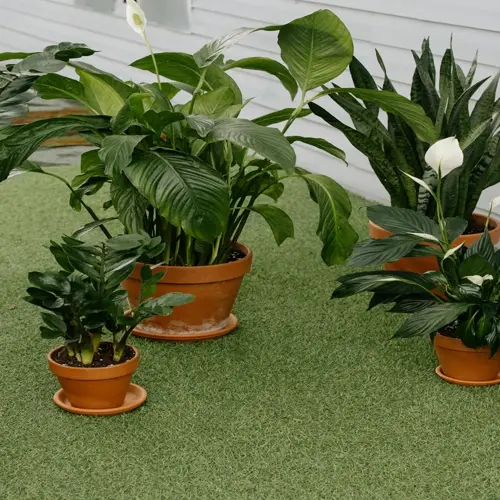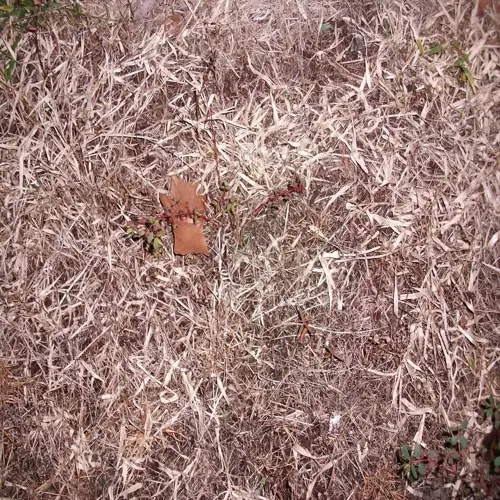Can nematodes survive winter?

Written by
Michael Sullivan
Reviewed by
Prof. Charles Hartman, Ph.D.Winter Survival is not an option for beneficial nematodes in frozen soil; however, their periodic application allows for long-term sustainability of control. These microscopic hunters ultimately die off due to freezing soil temperatures. Still, they are very effective at disrupting pest life cycles. I have repeatedly seen this work to prevent early-season infestations in my zone 5 garden.
Fall Application Timing
- Target September-October when soil stays above 55°F (13°C)
- Focus on pests preparing to overwinter as larvae
- Apply before first hard frost for maximum impact
Lifecycle Disruption
- Eliminate larvae before they form protective cocoons
- Reduce next season's pest populations at the source
- Break reproductive cycles for long-term control
Climate Adaptation
- Annual applications needed in zones 1-7
- Biannual treatments sufficient in zones 8-11
- Combine with mulch for soil temperature moderation
Fall treatments make a lasting impact for next season's grapple with pests before they can ever seem to become a problem. Nematodes kill off larvae that would survive the winter months in protective cocoons. My garden journals consistently state that fall treatments yielded 80% fewer Japanese beetles. This preventative measure dramatically eliminated spring pesticide usage.
Monitoring soil temperature is important. Use a probe thermometer to measure soil temperature at root zone depth. Apply products when soil temperature is greater than or equal to 55 degrees Fahrenheit (13 degrees Celsius) for a minimum of three consecutive days. In my area, I match the application timings with the goldenrod bloom, which is a natural indicator of optimal nematode conditions in the presence of grubs.
For optimal use, pair with winter preparation practices. Apply nematodes and then cover beds with mulch. Use shredded leaves instead of straw for better insulation. My fall practice is to apply nematodes and put compost on top. This serves to protect nematodes as they eat their way through the soil.
Read the full article: Beneficial Nematodes Garden Pest Control

